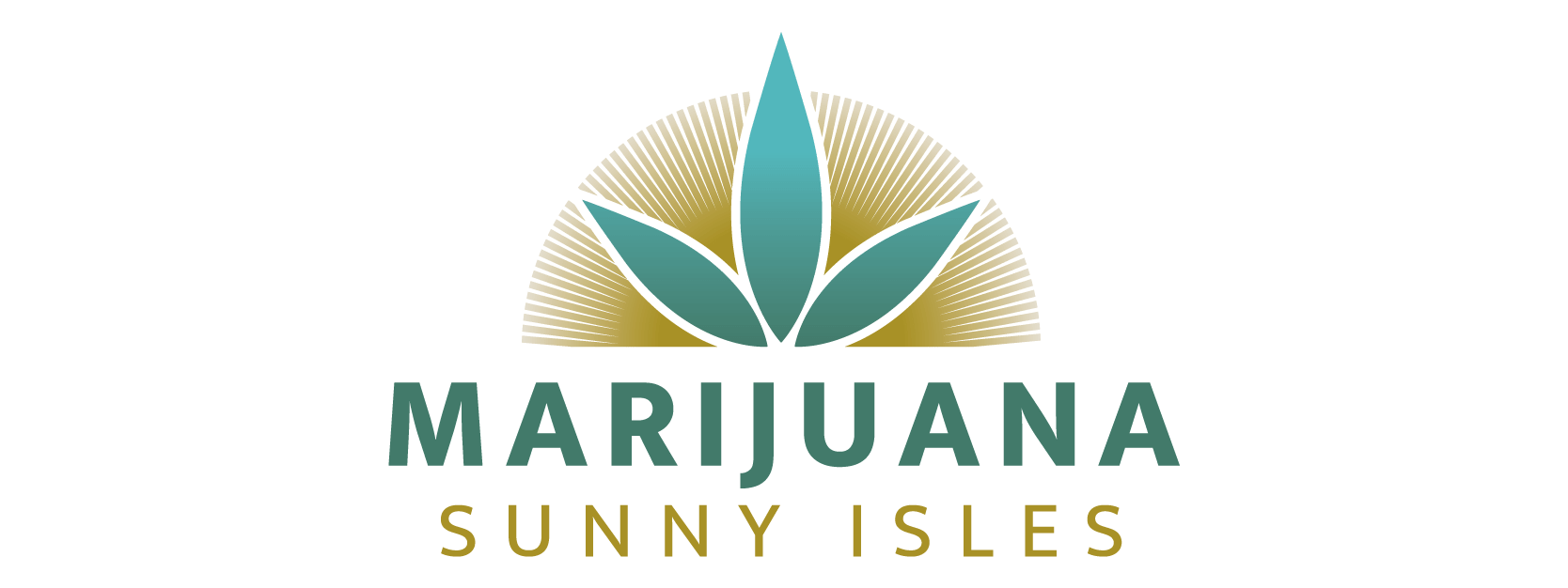New to cannabis? Here’s a friendly behind-the-scenes tour of how a plant becomes a labeled, tested product on the dispensary shelf—no lab coat required.
It starts in cultivation. Licensed growers germinate seeds or root clones, then assign each plant a unique identifier so its entire life can be traced. Most legal markets require “seed-to-sale” tracking such as Metrc, which pairs software with RFID tags so every move—from transplant to harvest and packaging—is recorded for regulators and auditing. Think of it as the industry’s GPS for plants.
Growers dial in light, nutrients, airflow, and integrated pest management until flowers mature. After harvest, branches are trimmed and dried in climate-controlled rooms; slow drying and curing help preserve aroma (terpenes) and smoothness. Details vary by facility, but the goal is consistent quality and safety. Voluntary consensus standards from ASTM’s D37 committee give producers shared playbooks for cultivation, lab practice, and quality systems—useful scaffolding for repeatable, consumer-safe results.
Next stop: testing and compliance. Before retail sale, products are sampled and analyzed by licensed labs for potency and safety (microbes, heavy metals, pesticides, residual solvents, and more). Because the U.S. lacks a unified federal framework, states set their own test lists and methods—creating a patchwork that labs and brands must navigate. California, for example, now requires a standardized cannabinoid test method for dried flower to improve cross-lab consistency, while national science groups like AOAC’s Cannabis Analytical Science Program (CASP) develop validated methods, proficiency testing, and training so labs can produce reliable results.
Once a batch passes testing, it can be packaged and labeled. Regulations typically require child-resistant packaging, tamper evidence, cannabinoid content, serving information, and universal symbols that clearly signal the package contains cannabis. California’s checklist even specifies where those details must appear and that the universal symbol be at least ½-inch square on the primary panel. You’ll also see batch numbers that connect your purchase back to lab results via the tracking system.
Distribution and logistics keep the chain moving. In many states, licensed distributors transport products from cultivators and manufacturers to retailers, maintaining digital manifests in the same seed-to-sale system. Inventory counts, chain of custody, and transfer receipts live in that compliance database, so regulators can verify that what was grown is what’s being sold—no detours. Retailers may use integrated point-of-sale tools, but the state-mandated tracking record remains the source of truth.
Finally, the dispensary. Staff check IDs (and, in medical markets, patient status), then help customers match product types to goals—flower for fast effects, edibles for longer-lasting experiences, vapes for portability, and topicals for non-intoxicating relief. New shoppers should start low and go slow, note onset times (minutes for inhalables, up to two hours for edibles), and keep products secured away from kids and pets. If something doesn’t feel right, bring the package or batch number; budtenders can reference testing information and suggest alternatives within your comfort zone.
The big takeaway: modern cannabis travels a transparent, bar-coded journey shaped by science, standards, and consumer safety. When you choose licensed retailers, you’re buying more than cannabinoids—you’re buying traceability, verified testing, and accountability from seed to shelf.

